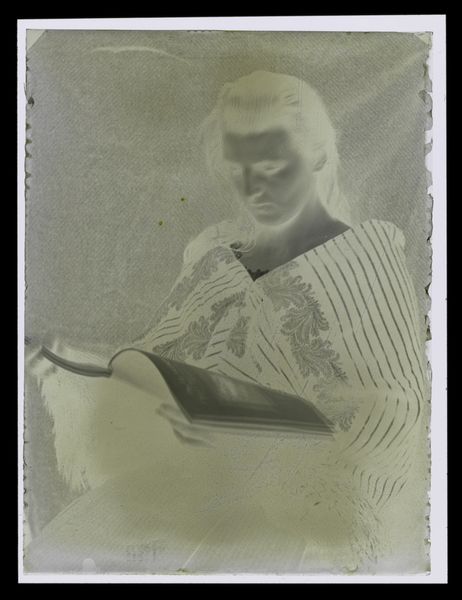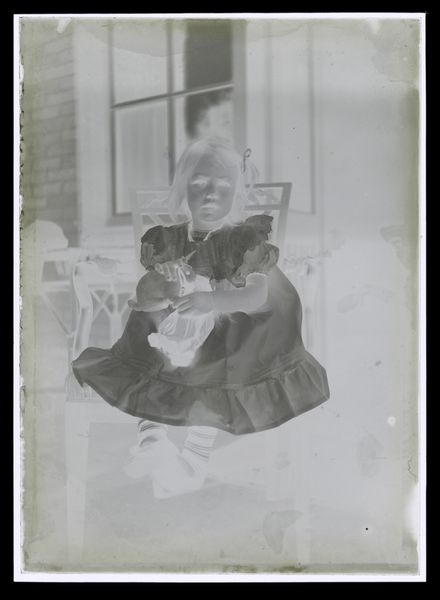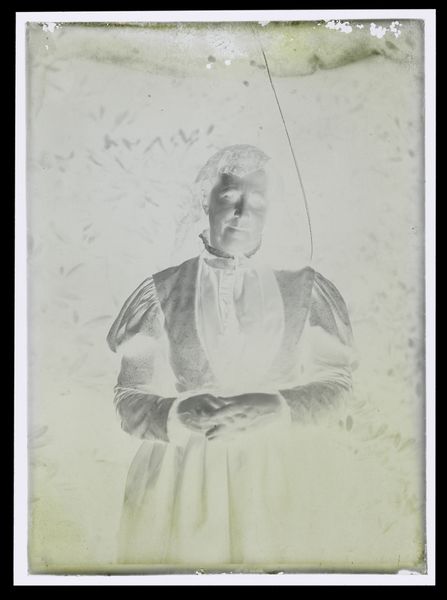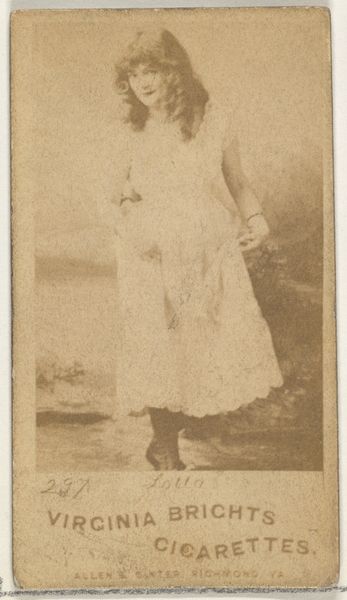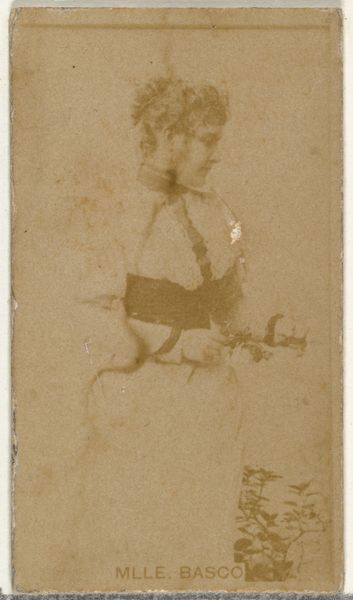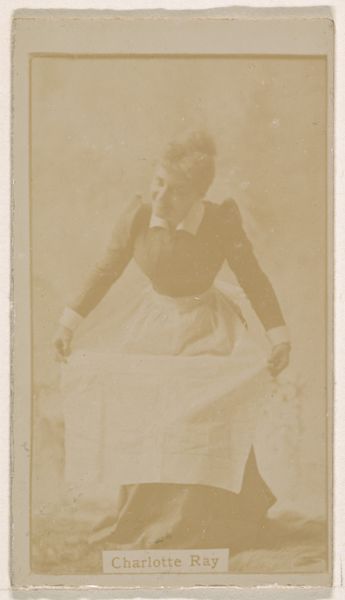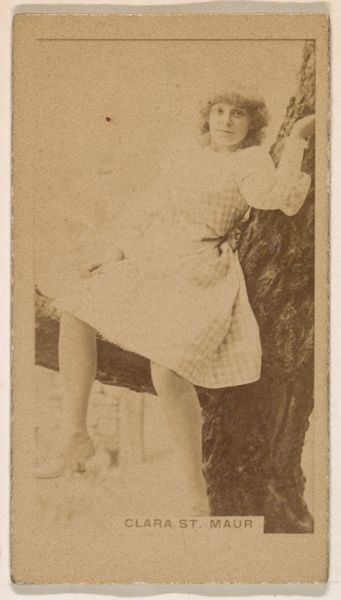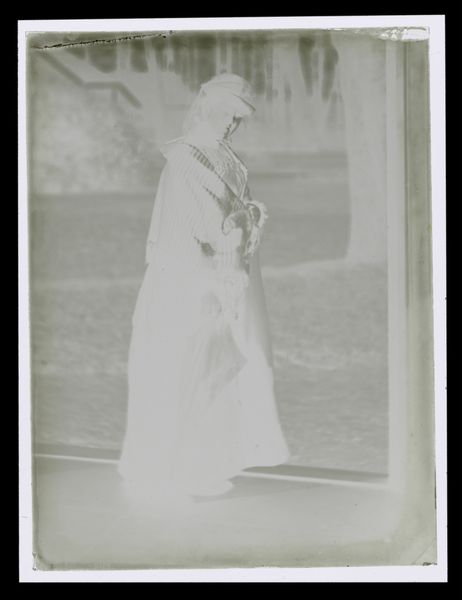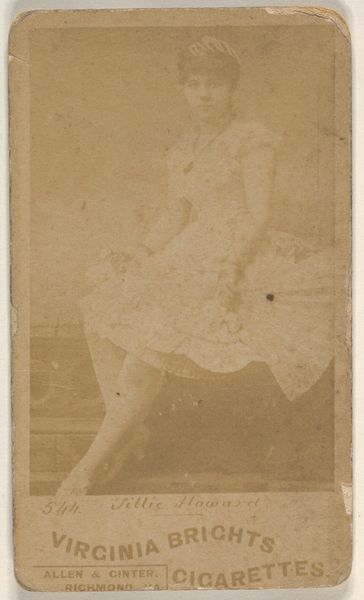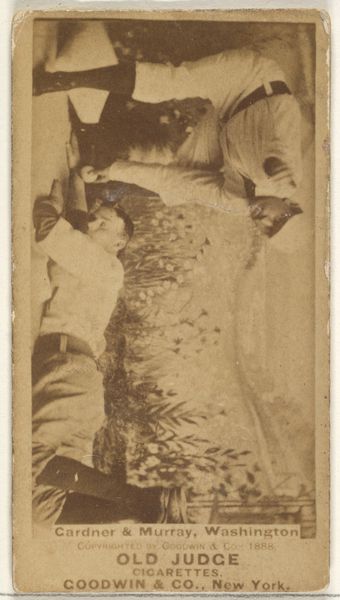
photography, gelatin-silver-print
#
portrait
#
self-portrait
#
photography
#
intimism
#
gelatin-silver-print
#
genre-painting
Dimensions: height 119 mm, width 89 mm
Copyright: Rijks Museum: Open Domain
Curator: It strikes me as ghostly and intimate, this stark, reversed image of a woman absorbed in her book. Editor: Indeed, that immediate sense of something captured from beyond. This is a gelatin-silver print entitled, "Portret van een onbekende lezende vrouw," or "Portrait of an Unknown Woman Reading," and its creation falls somewhere between 1865 and 1900. Note the presumed photographer, Laurens Lodewijk Kleijn. Curator: Kleijn certainly seemed interested in capturing a sense of private contemplation. It speaks volumes about the period; the emerging visibility, however fragmented, of women and their intellectual lives. I wonder what social class this woman belonged to. Was literacy becoming more widespread, influencing who got represented and how? Editor: Right. And look closely at the object she's holding, seemingly a book, but the quality is rough, like a well-worn, used book of her own. That could suggest increased, albeit classed and gendered, access to literature during this period, where mass production methods allow books to be far more affordable to new social segments. How do these advancements intersect with the art world and with representation itself? What is seen and by whom? Curator: Precisely! Her very act of reading, depicted in this private moment, becomes a potent symbol. She embodies, maybe unwittingly, a shifting social landscape where knowledge becomes accessible. Was Kleijn deliberately staging this, or merely capturing a slice of domestic life that spoke to wider trends? Editor: Or both. Notice how the use of the photographic negative as the final print emphasizes the mechanics of reproduction, calling attention to its own materiality and processes as a material, made object. Also, there is something in this work about preservation—making ephemeral experiences somehow more permanent—which mirrors broader nineteenth-century anxieties surrounding the effects of industrialization. Curator: It’s fascinating how such a seemingly simple image reflects such profound social shifts. Thank you for your perspective, it's enriched my understanding of it significantly. Editor: And you have helped bring me to a better realization that our discussion will give others a more informed appreciation.
Comments
No comments
Be the first to comment and join the conversation on the ultimate creative platform.
